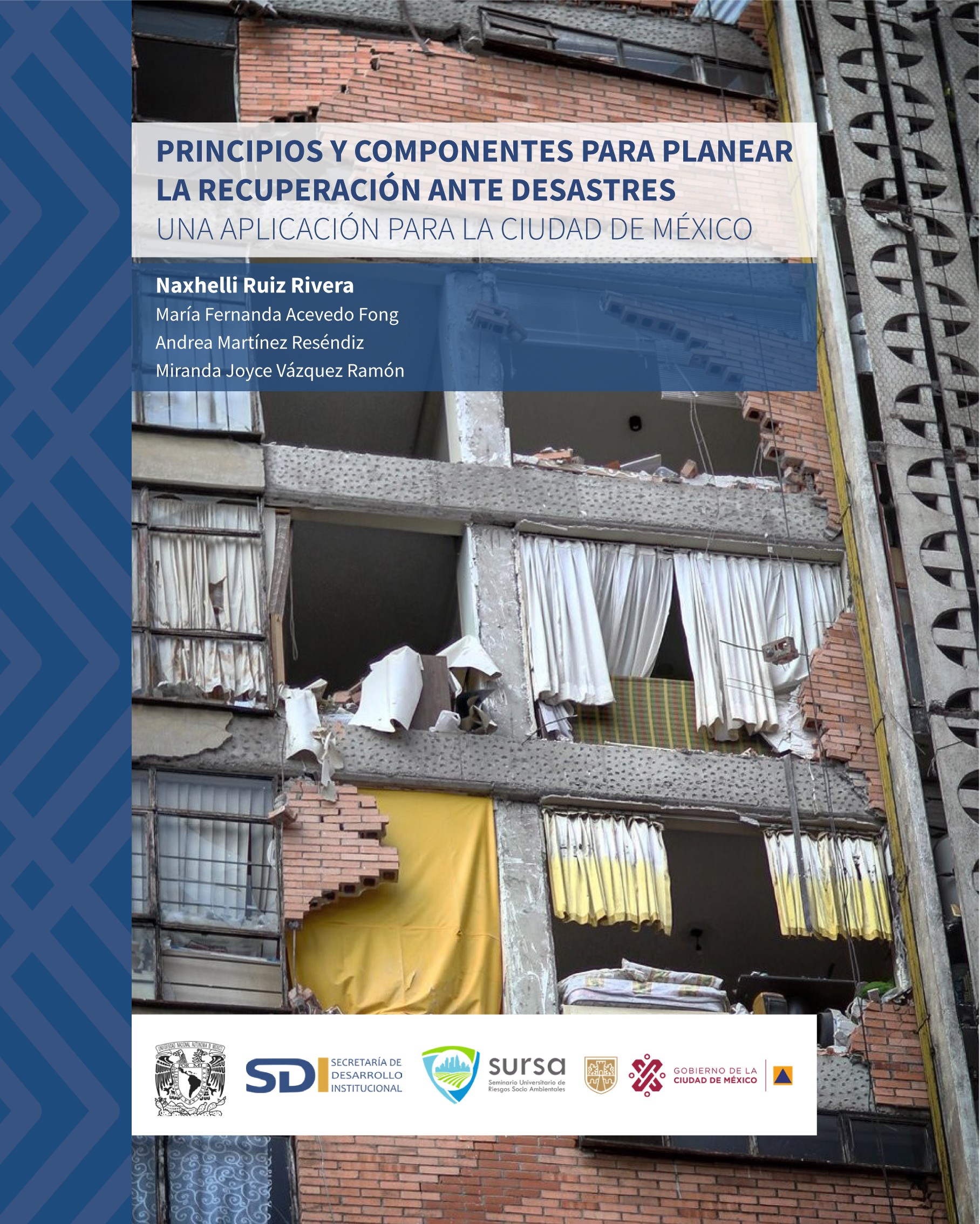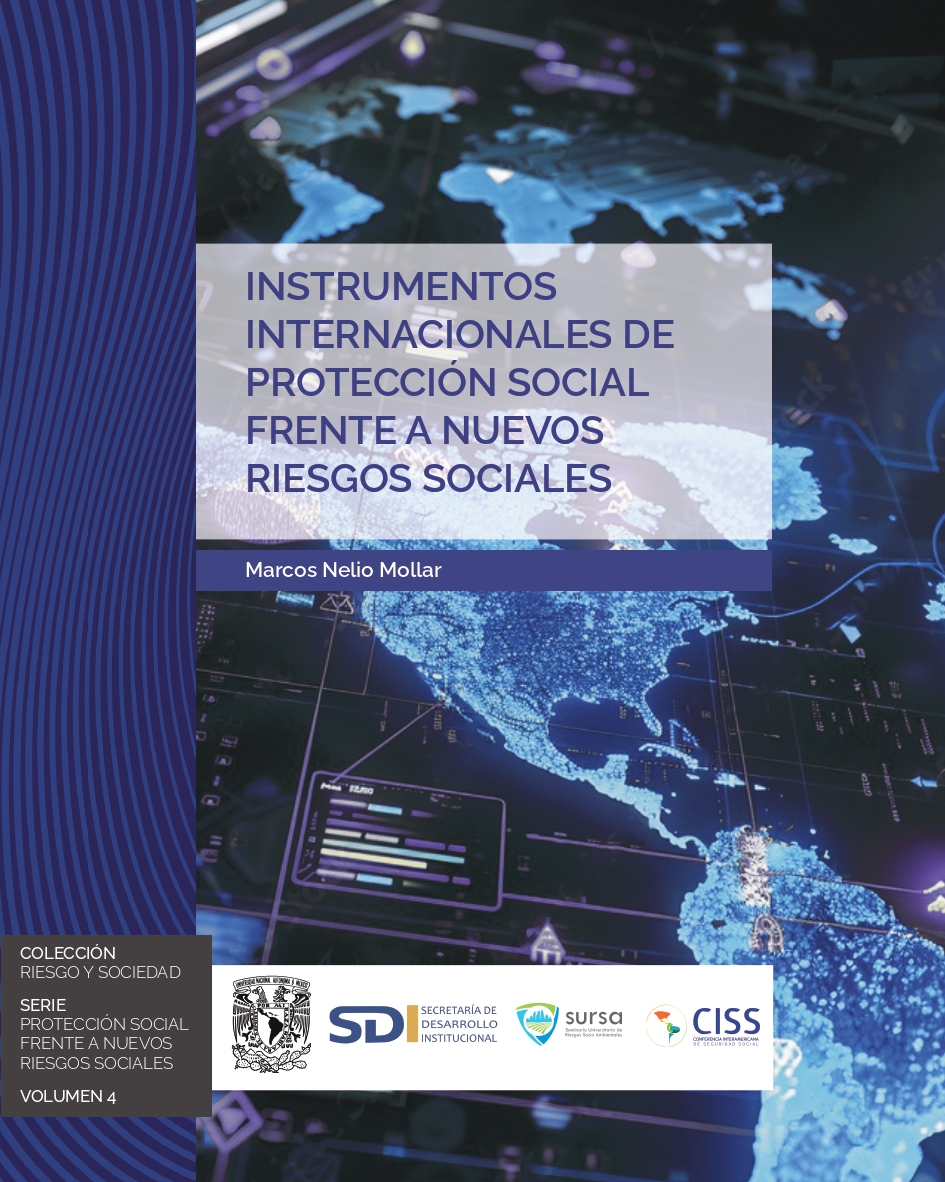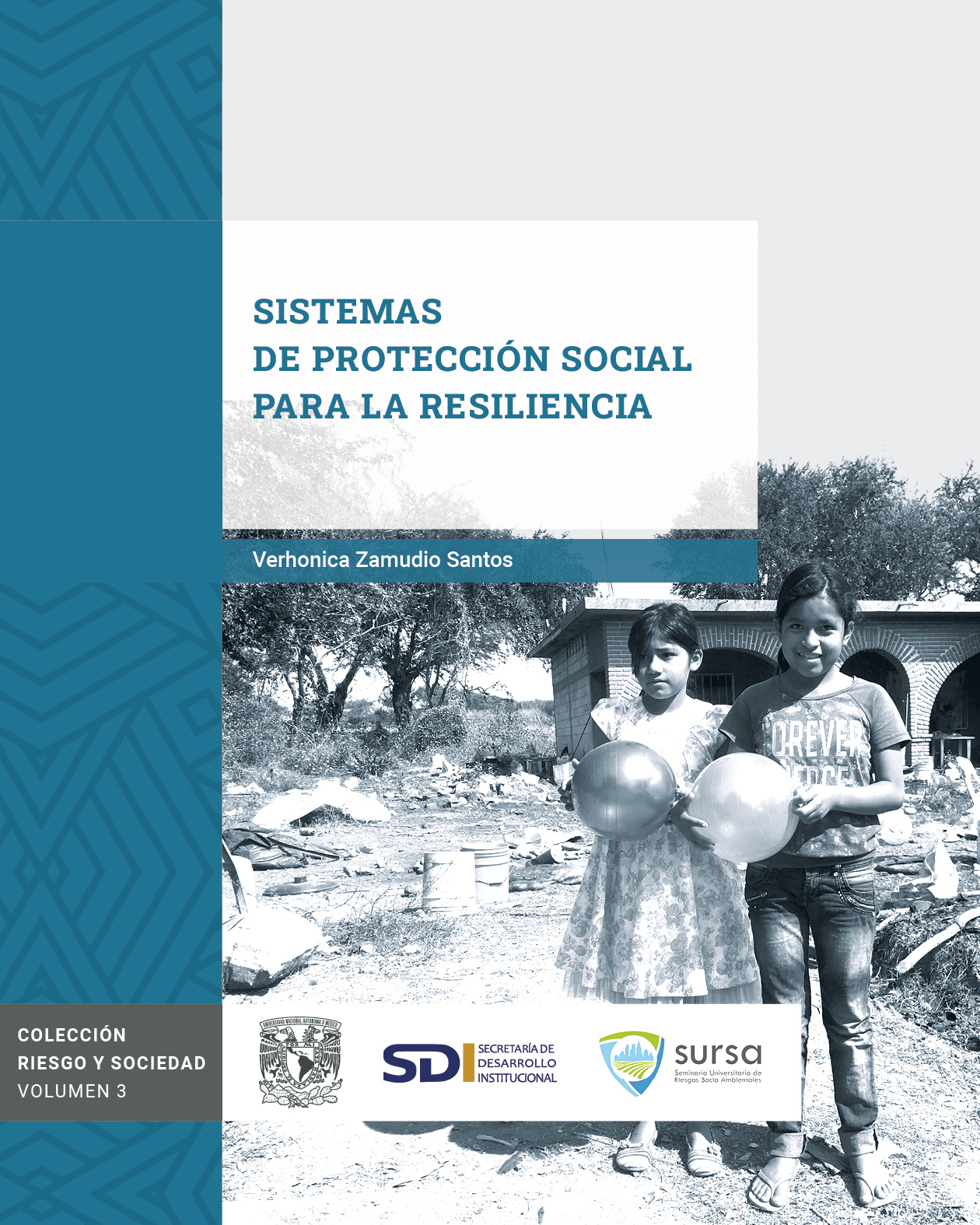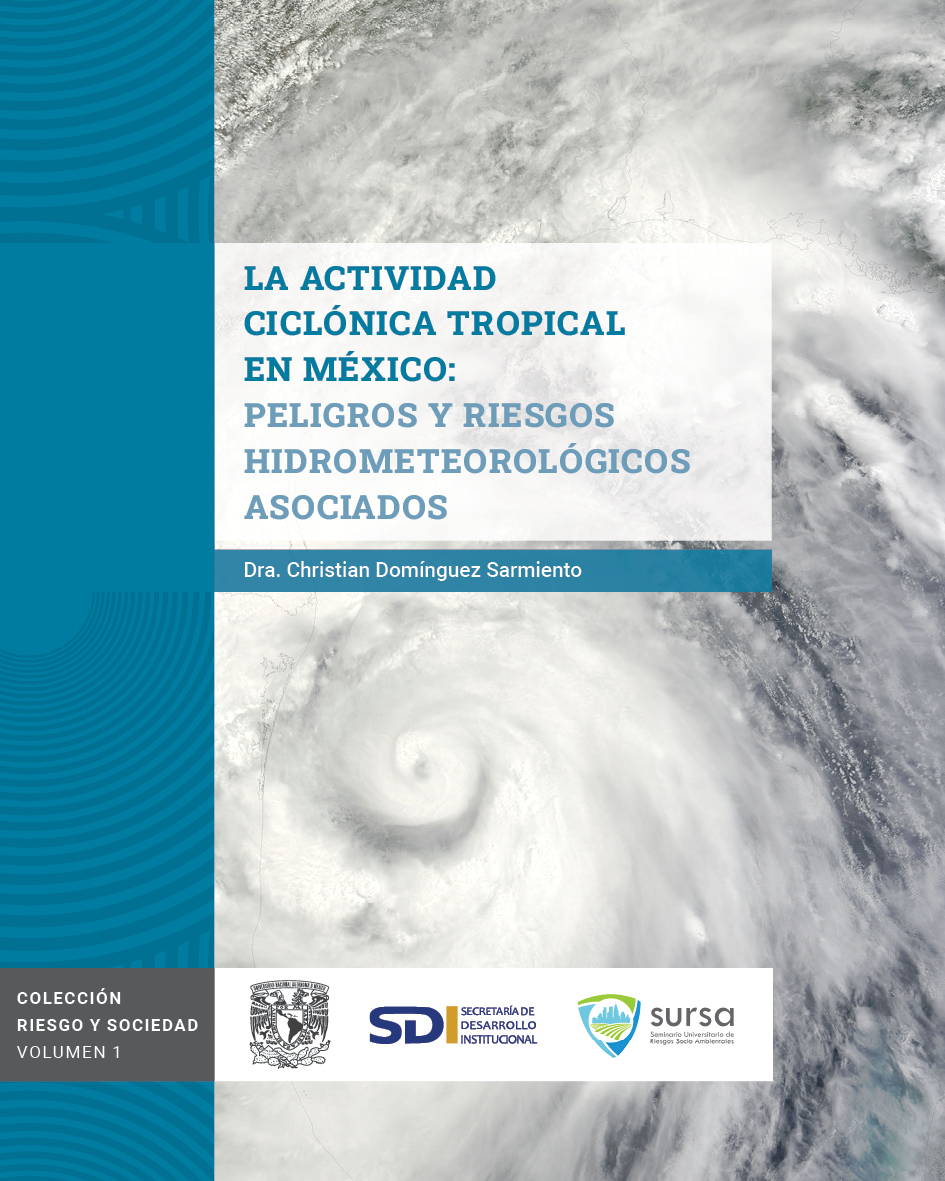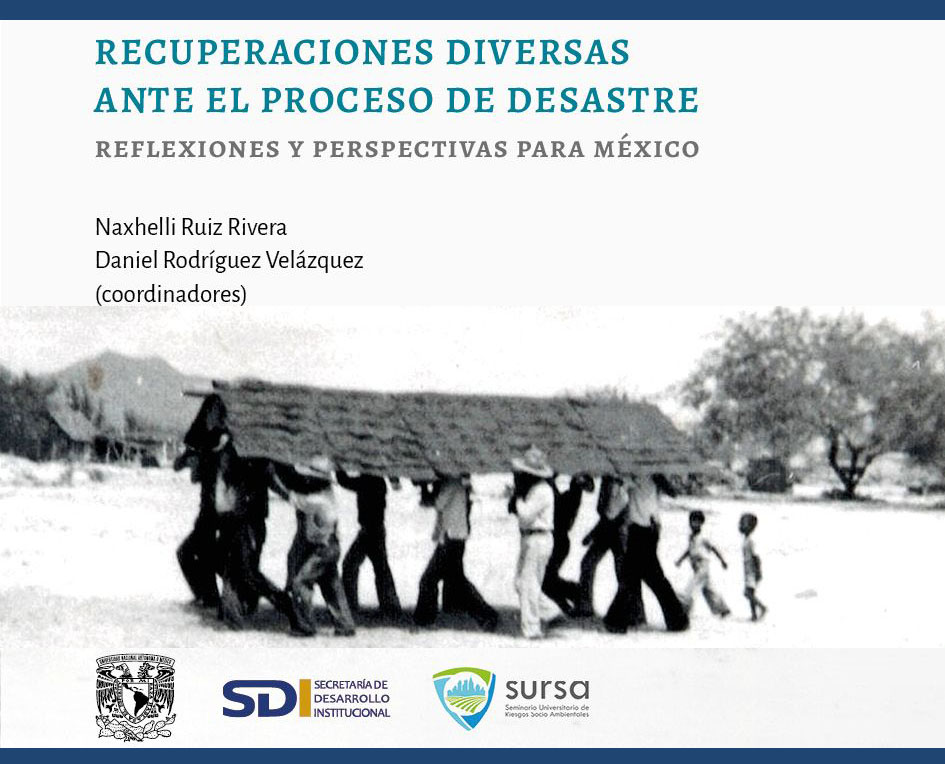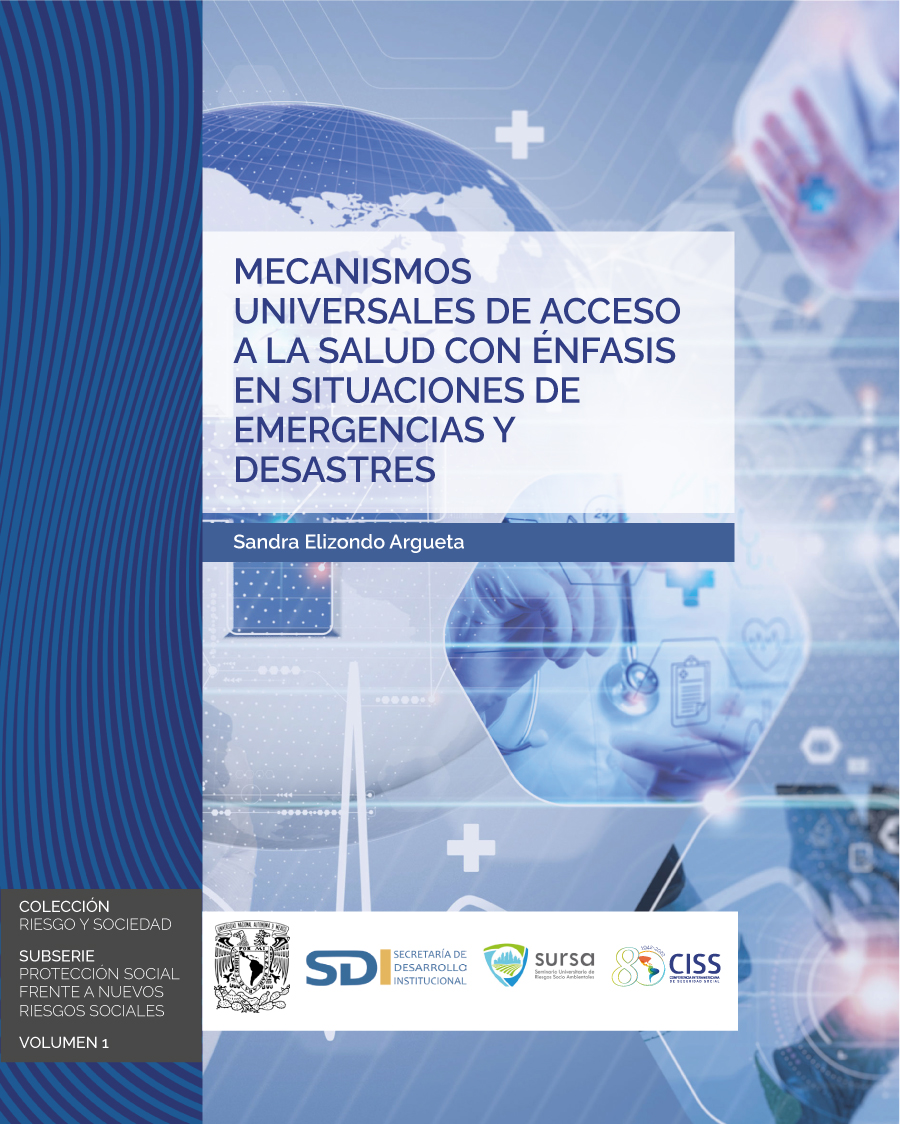Abstract
Lahars represent a common phenomenon at Volcán de Colima, directly associated with an eruptive event, or occurring up to several years after. Most common events are rain-triggered lahars, which are generated under different meteorological and eruptive conditions in the main ravines on the flanks of the volcano. Triggering mechanisms and flow behaviour are highly influenced by rainfall intensity and contemporaneous pyroclastic activity, which can control both lahar volume and frequency. Relationships have been established between the textural features of lahar deposits and the origin and behaviour of past flows, using visual, rainfall and seismic monitoring data. Physical characteristics of the slope surfaces are important factors in determining the rate and amount of water runoff, which controls the initial bulking of the lahars. Since the last Plinian eruption in 1913, rain-triggered lahars represent the volcanic hazard that has caused the most damage to the surrounding areas. Notable damage to bridges, electricity-distribution pylons, and houses has occurred during the last fifteen years. We present a lahar hazard-zonation map to provide updated data useful for decision-making regarding possible future damage to inhabited areas around the volcano.


